Women Behaving Badly: 400 Years of Power and Protest
July 18–December 19, 2021
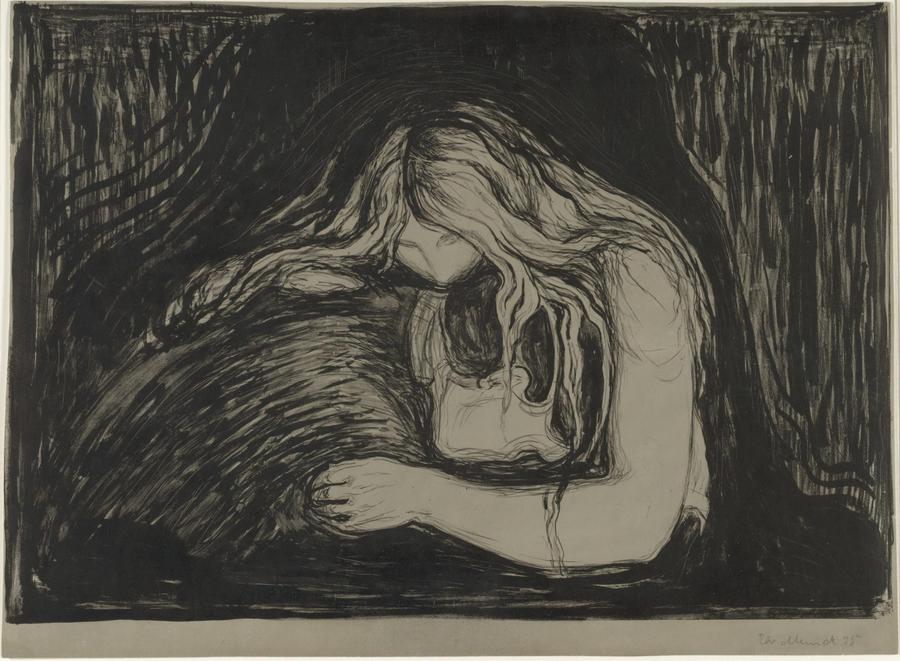
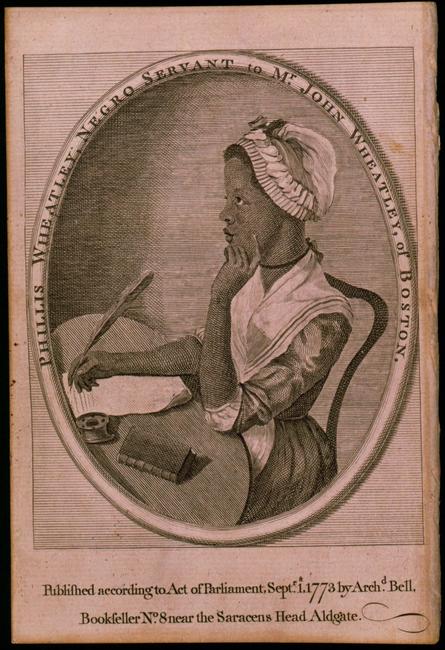
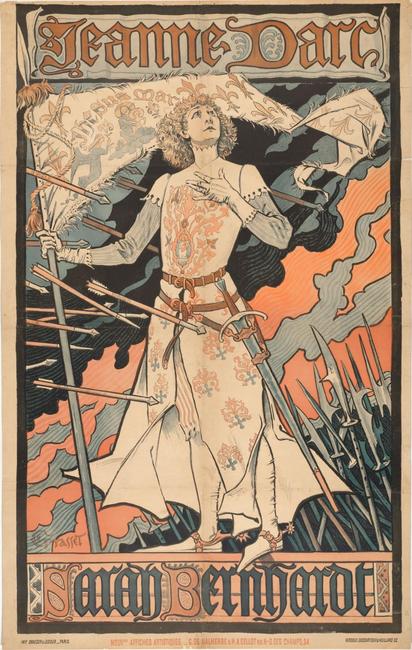
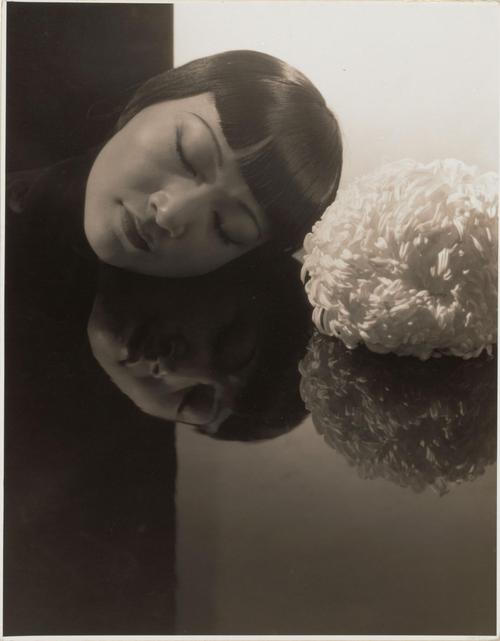
From the heroines of ancient myth to the female trailblazers of the modern era, centuries of independent and rebellious women have been trivialized or condemned through the degrading myths and gendered stereotypes perpetuated in printed imagery. From July 18–December 19, 2021, the Baltimore Museum of Art (BMA) presents an exhibition that captures visual representations of independent, defiant, and sometimes misunderstood women and explores the role of European and American art in both continuing their condemnation and celebrating their achievements. Women Behaving Badly: 400 Years of Power and Protest features over 75 prints, photographs, and books from the Renaissance to the early 20th century drawn from the BMA’s vast works on paper collection and supplemented with loans from the Library of Congress, Smithsonian Institution, Johns Hopkins University, Princeton University, Maryland Center for History and Culture, and private collections.
“Rebellious women who pushed against the confines of their prescribed roles to assert agency and claim their human rights have long been trivialized, shamed, and punished. Art has played a powerful role as a messenger through time and culture, both upholding and reimagining longstanding misconceptions,” said Andaleeb Badiee Banta, BMA Senior Curator of Prints, Drawings & Photographs. “Women Behaving Badly reclaims the representations of women whose actions were chronicled in visual culture as transgressive, inflammatory, and disruptive and celebrates the groundwork they laid for generations of women afterward.”
The exhibition begins with historic European depictions of the women of ancient Greek and Roman narratives whose independence was often seen as undermining male heroism. These ideas, represented by artists for centuries, shaped Western thought about the role of women in society. Women Behaving Badly continues with archetypal imagery of witches, vampires, and other embodiments of female temptation by artists such as Albrecht Dürer, Francisco Goya, and Edvard Munch, and includes depictions of Eve, Delilah, and Salomé whose Biblical stories are defined by their misdeeds. These narratives—and the artworks that they have inspired—have continued to present female ambition, independence, and achievements as elements to be contained or banished for the betterment of society.
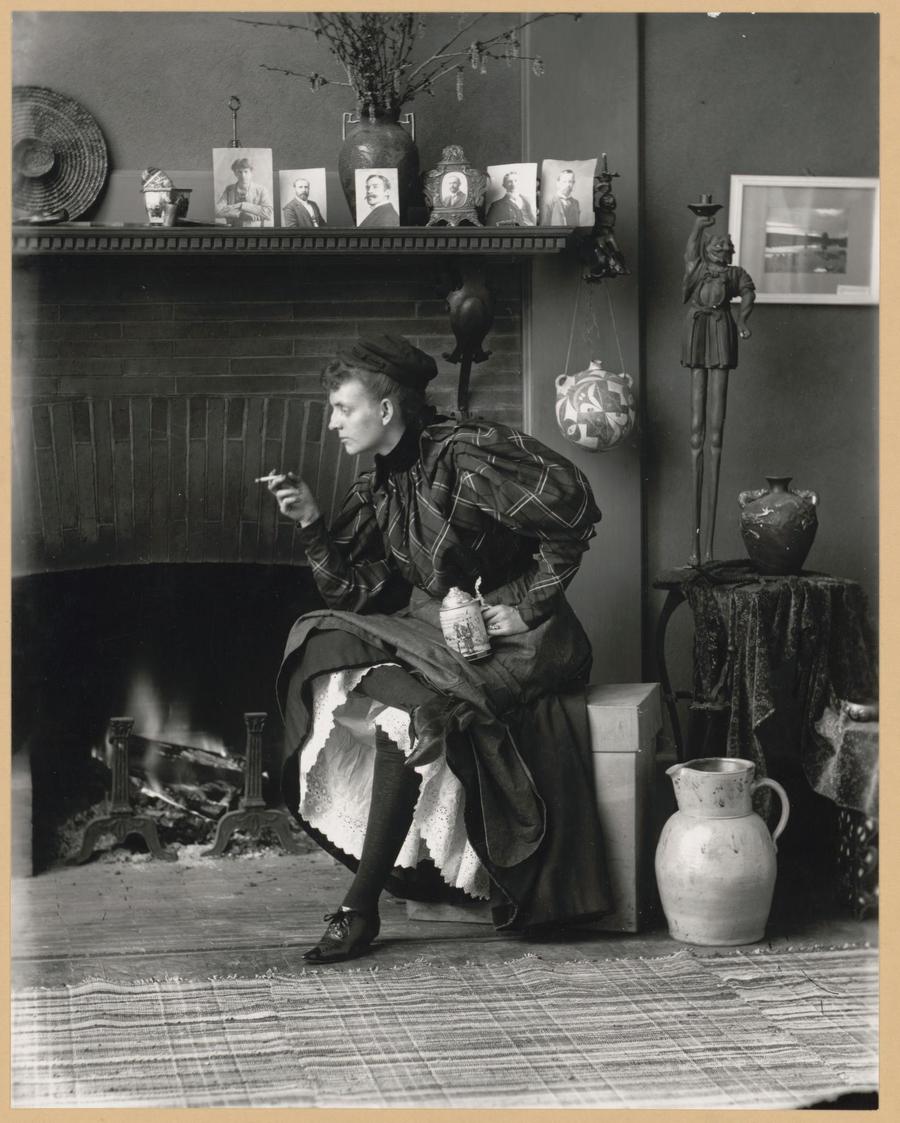
The second section of the exhibition is devoted to the modern era—from circa 1800 to the period of first-wave feminism in the early 20th century—when women began to break with traditionally domestic designations of wife and mother and assert their presence into the public sphere in an attempt to rectify centuries of disenfranchisement and oppression. Among the formidable women depicted are performers Josephine Baker, Sarah Bernhardt, Isadora Duncan, Bessie Smith, and Anna May Wong; authors Collette, Julia Ward Howe, George Sand, and Virginia Woolf; and activists Susan B. Anthony, Harriet Tubman, and Sojourner Truth. Among the artists documenting these women are Henri de Toulouse-Lautrec, Man Ray, Edward Steichen, Carl Van Vechten, and James Van Der Zee. Female artists who portrayed the pioneering modern women in the exhibition include Bernarda Bryson Shahn, Elizabeth Catlett, Gisèle Freund, Frances Benjamin Johnston, and Sarah Choate Sears.
Women Behaving Badly: 400 Years of Power and Protest is curated by BMA Senior Curator of Prints, Drawings & Photographs Andaleeb Badiee Banta.

Comments
Post a Comment